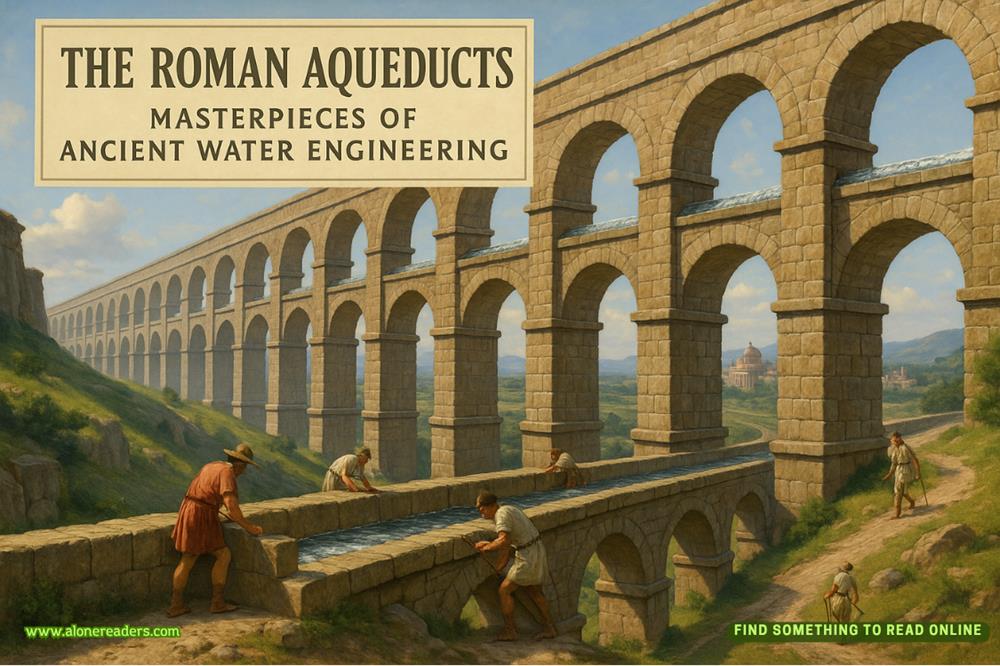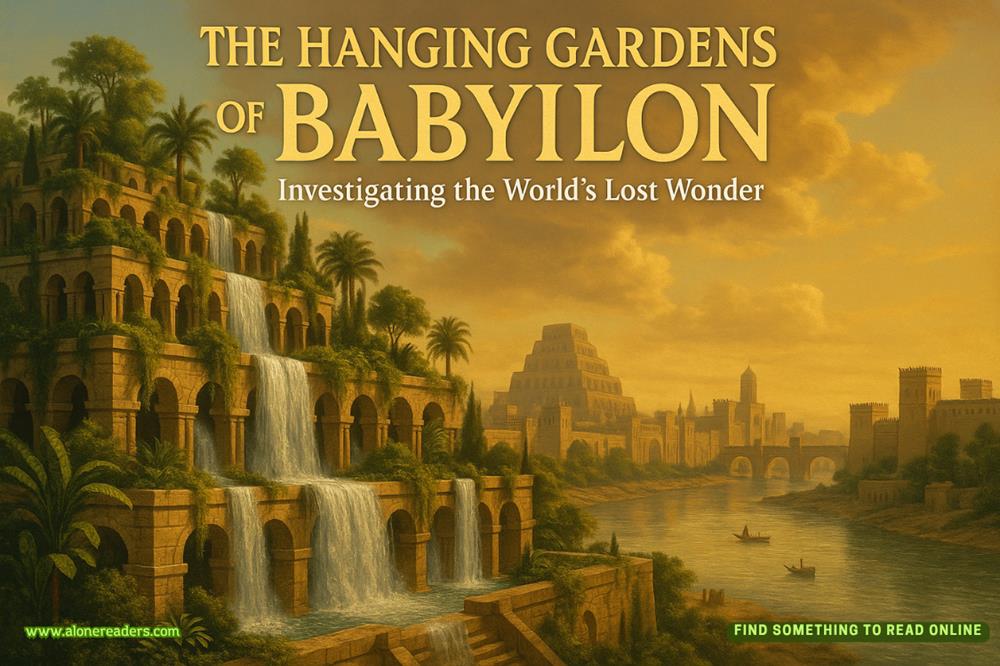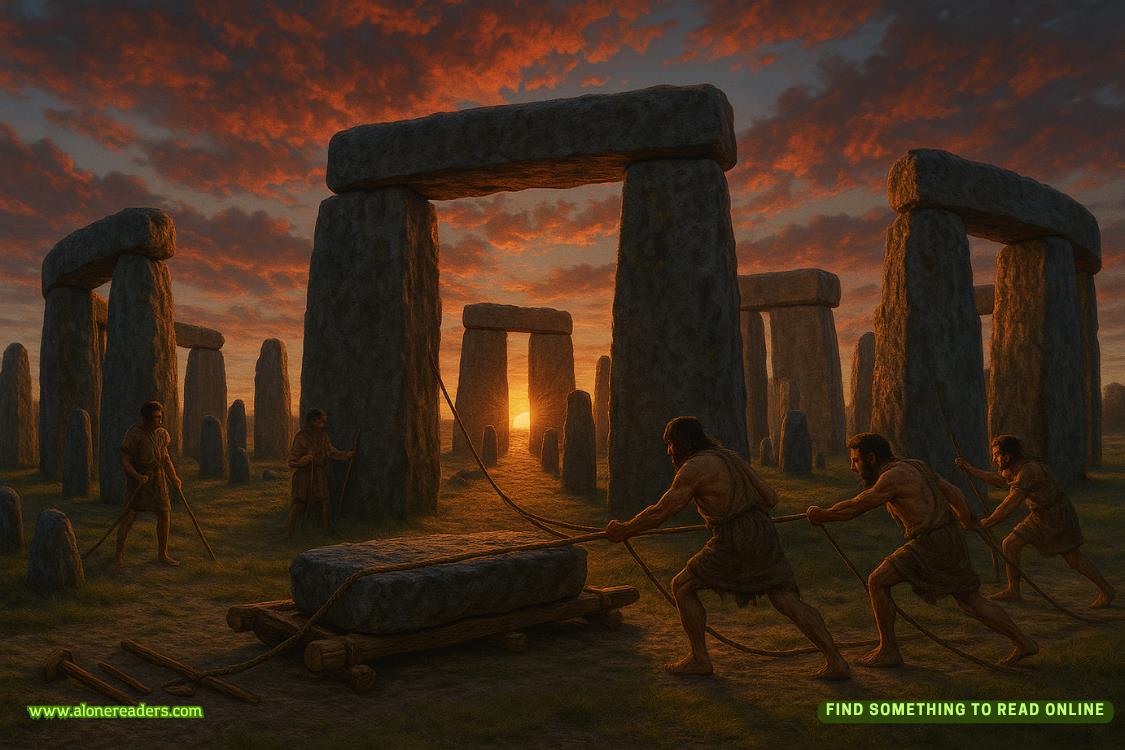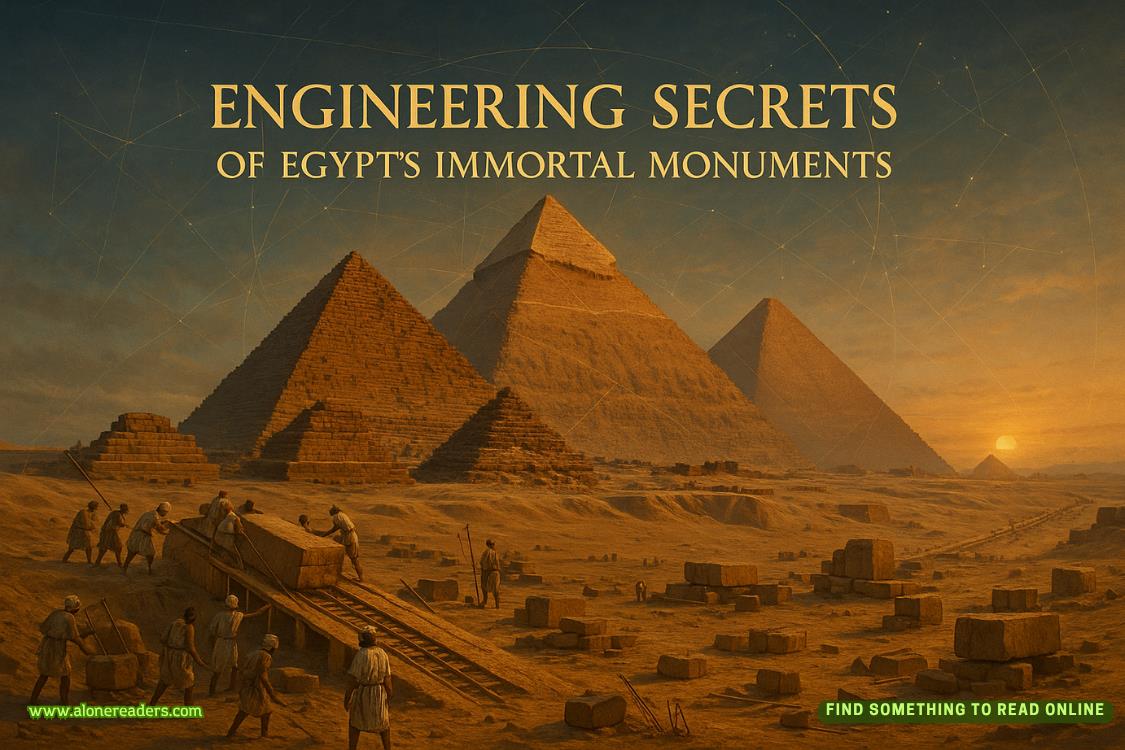Page 28 of Finding Love in the Clouds
He pointed towards a dividing wall, indicating the separation. “Men would enter through one set of doors and women through another, ensuring privacy and propriety. The bathing process was similar for both genders, though. Remember, the Romans were masters of hydroengineering,” he explained, pointing out the remnants of the intricate water systems that once powered the bathhouses. “They utilized a sophisticated network of aqueducts, cisterns, and lead pipes to supply the baths with fresh, flowing water—a demonstration of their ingenuity and engineering expertise. Our plumbing systems are based on their water systems to this day.”
Chapter Twenty-Six
As the group finished exploring the bathhouse, Marco led them through the ancient streets of Pompeii toward the next set of fascinating landmarks. “Alright, everyone,” he called out, gathering the group around. “We’ve seen some incredible structures today, but there’s still so much more to uncover about this ancient city. Next, we’ll delve into some of the more intimate details of daily life in Pompeii, starting with something quite unique – the graffiti.”
The group followed Marco, their footsteps echoing against the ancient stone pathways. “Pompeii was a vibrant, bustling city, and its walls were often used as a canvas for its inhabitants’ thoughts and expressions,” Marco explained. “You’ll find everything from political slogans to personal messages and even some humor.”
He pointed to a nearby wall covered with ancient writings. “Here, for example, we have love declarations, business advertisements, and even insults! It’s fascinating because it gives us a direct line to the voices of people who lived here nearly two thousand years ago. Imaginesomeone carving a message like ‘Marcus loves Spenda’ into the wall. It’s like the ancient version of social media!”
As the group moved through the streets, they could see more of these inscriptions, some simple, others more elaborate. Marco continued, “These graffiti pieces are scattered all over the city. They show us that the people of Pompeii weren’t so different from us – they had their own daily concerns, loves, and jokes.”
Next, Marco led them to the Lupanar, one of the most famous buildings in Pompeii. “This,” he said, gesturing to the structure, “is the Lupanar, or the brothel. It’s one of the best-preserved examples of such establishments from the Roman world. Let’s take a look inside.”
The group entered the small building, noting the stone beds that lined the rooms. “The walls here are adorned with erotic frescoes, which served as a sort of menu for the services offered. You’ll have to figure them out on your own, though,” Marco added with an awkward grin that showed his discomfort with the topic. “Sex work was legal and regulated in ancient Rome, and the Lupanar gives us insight into this aspect of daily life. It was a significant part of the city’s economy and social structure.”
As they exited the Lupanar, Marco guided them towards one of the most poignant sights in Pompeii – the plaster casts of the victims preserved in glass cases. “This is perhaps the most emotional part of our tour,” Marco said softly. “When Mount Vesuvius erupted, it caught many people by surprise. The ash that covered the city preserved the shapes of their bodies.”
The group gathered around one of the casts, a hauntingly detailed figure of a person caught in their final moments. “Archaeologists discovered they could pour plaster into the voids left by decomposed bodies in the ash, creating these casts. They provide a stark, humanconnection to the tragedy that unfolded here. It’s a reminder of the very real people who once lived, worked, and loved in Pompeii.”
Marco led them to another cast, this one of a child curled up next to an adult, perhaps a parent. “The process is both tragic and fascinating. When a body was buried in the ash, it eventually decayed, leaving a hollow space in the compacted ash layers. By carefully pouring plaster into these spaces, archaeologists could create detailed replicas of the victims. You can see not only their forms but also their expressions and the folds of their clothing.”
As they moved through the exhibit, Marco pointed out a cast of a man lying face down, his arms stretched out in front of him. “This man was likely trying to crawl to safety,” he explained. “The level of detail is incredible – you can see the tension in his muscles, the desperation in his final act.”
Next, Marco led them to a cast of two children huddled together, their small forms seeking comfort in each other’s presence. “This cast shows the instinct to find solace in the company of loved ones, even in the face of overwhelming danger. The children’s postures reflect their fear and the suddenness of the eruption. They would not have understood what was happening.”
The group then approached a cast of a pregnant woman. “This is particularly heart-wrenching,” Marco said quietly. “The cast captures her in a protective position, her hands covering her abdomen as if to shield her unborn child. It’s a moving representation of maternal instinct and the fragility of life.”
Marco guided the group to the area where the casts were stored, many housed in the Antiquarium de Boscoreale, a museum near the excavation site. “The preservation of these casts requires great care. The ash that covered Pompeii was fine and dense, allowing for such detailed impressions. Modern techniques, including resin casting, arenow being used to create more durable replicas while preserving the original impressions.”
The group examined the casts displayed under protective glass. “These casts are more than just archaeological finds,” Marco continued. “They tell the stories of the final moments of the people of Pompeii. Some were found huddled together, seeking comfort in their last moments. Others were caught in the midst of fleeing, their postures frozen in time by the sudden onslaught of ash and gas.”
Marco shared more about the preservation process as they moved to the next exhibit. “Alongside these casts, we often find personal items – jewelry, coins, even tools. These objects help us piece together the daily lives of the Pompeiians. They remind us that these were real people, with hopes, dreams, and possessions that were suddenly buried under a blanket of ash.”
The group lingered a while longer, absorbing the profound sense of connection to the past. “These casts are a vital part of Pompeii’s story,” Marco concluded. “They offer a glimpse into the lives of its inhabitants and the sudden, devastating end they met. It’s a poignant reminder of the power of nature, the fragility of life, and the need to live each moment as if it were our last.”
As they moved on from the casts, the air was heavy with the weight of history and loss. Marco’s voice softened, acknowledging the shared somber mood. “Pompeii is a testament to human resilience and the enduring quest to understand our past. Through these casts, we connect with those who came before us in a deeply personal way. Let’s continue our journey through this ancient city, keeping in mind the stories and lives that were forever changed on that fateful day.”
Marco gave the group a moment to reflect before leading them onward. “Now, let’s talk about the engineering marvels that made life in Pompeii so advanced for its time,” he said, pickingup the pace as they approached their next destination. “The Romans were incredible engineers, and Pompeii is a testament to their ingenuity.”
He brought them to the remains of an aqueduct. “The city had an extensive water system, with aqueducts bringing fresh water from the mountains. This water was distributed through a network of lead pipes to homes, public baths, and fountains.”
As they walked, Marco pointed out various features of the city’s infrastructure. “You can see the remnants of the public fountains, which were used daily by the citizens. The streets themselves were cleverly designed in an organized grid pattern with raised stones to allow people to cross without stepping into water on rainy days or the waste that flowed through the streets.”
He paused at a particularly well-preserved section of the road. “Notice the grooves in the stones here? Those were made by the wheels of carts passing through. The Romans even had a form of traffic control, with steppingstones placed at intervals to regulate the flow of vehicles.”
Finally, Marco led the group to an ancient villa, highlighting the advanced construction techniques. “This villa shows the use of concrete, a Roman invention that allowed for more substantial and durable buildings. The walls were often covered with beautiful frescoes and mosaics, like the ones we’ve seen today, demonstrating both their aesthetic sense and technical skill.”
Marco concluded the day’s tour as they stood in the grand villa’s shadow. “Today, we’ve delved into the heart of Pompeii, exploring its homes, workplaces, social centers, and the poignant remnants of its final moments. Pompeii isn’t merely a collection of ruins; it’s a vivid portal into the lives of its people and the remarkable civilization they forged. I trust you’ve gained profound insights into the ancient Romans and carry with you the inspiration to cherish your loved ones,seize each day, and live with purpose, for you never know when it could be your last. Thank you for joining me. May the memories we’ve shared linger with you always,” Marco expressed, a warm smile gracing his features. “Alicia texted me that she needs you back at the bus in twenty minutes, so please make your way in that direction and enjoy the rest of your trip.”
As they boarded the bus to head to their next destination, the entire group was solemn as they pondered all they had experienced at the ancient site.
Fernando and Sophie settled into the back of the bus as Alessandro put it in motion, sticking to the tight schedule for the day.
“I don’t know about you, but two and a half hours was nowhere near enough time to absorb all of that,” Fernando commented, taking one last look at the ruins before they drifted out of view.
“I agree, but I also don’t think I could have taken anymore after seeing those casts of the victims. That was heartbreaking. They must have suffered a horrific end. My hope is that it was quick. If their facial expressions could be caught by the plaster, it would have had to be, right?” Sophie mused, sorrow coating her words.
“I would hope so. Those casts of the children huddled together made me think of my brothers. That would have been us if we were in that situation. It’s a sobering thought that they would not have understood what was happening. Life is short, and we aren’t guaranteed our next breath. I tend to lose sight of that. This was yet another eye-opening experience for me. Which cast spoke to you the most?” Fernando asked, looking down at Sophie as she gazed out the window.















